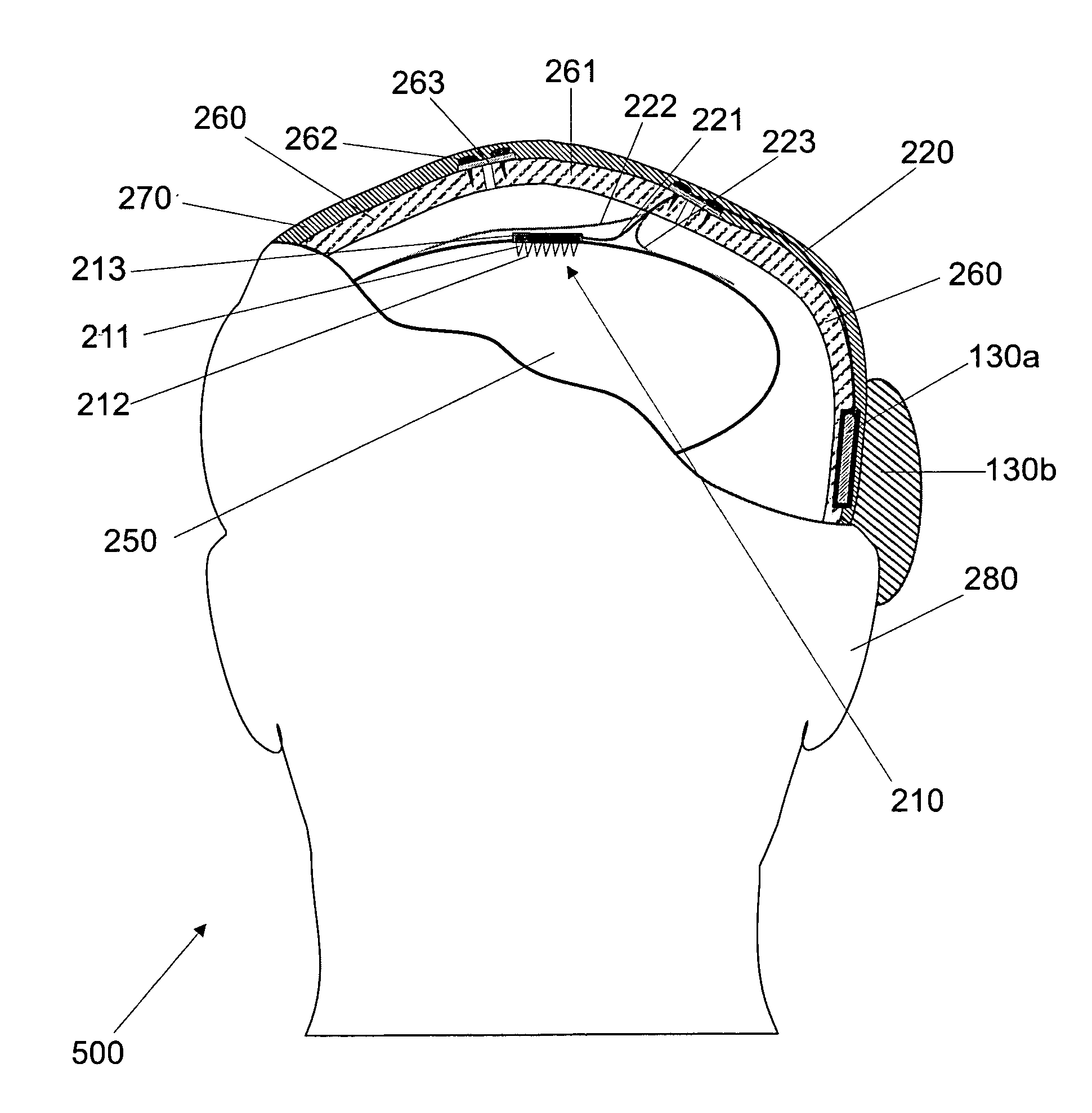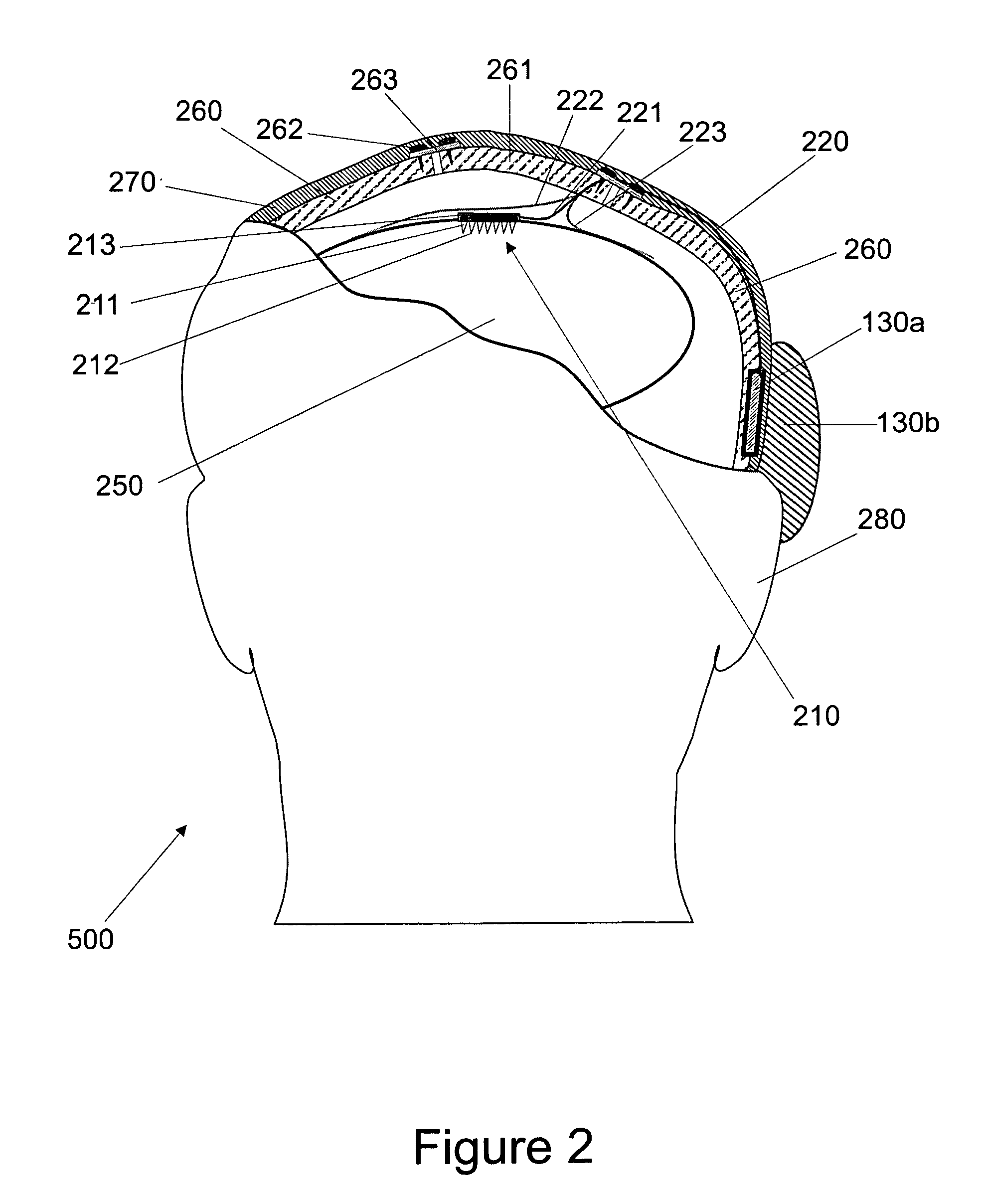Biological interface systems with controlled device selector and related methods
a biological interface and selector technology, applied in the field of biological interface systems, can solve problems such as major problems such as the inability to identify and obtain stable electrical signals of adequate amplitude, and the degradation of the system performan
- Summary
- Abstract
- Description
- Claims
- Application Information
AI Technical Summary
Benefits of technology
Problems solved by technology
Method used
Image
Examples
Embodiment Construction
[0021] To facilitate an understanding of the invention, a number of terms are defined immediately herebelow.
DEFINITIONS
[0022] As used herein, the term “biological interface system” refers to a neural interface system or any system that interfaces with living cells that produce electrical activity or cells that produce other types of detectable signals.
[0023] As used herein, the term “cellular signals” refers to subcellular signals, intracellular signals, extracellular signals, single cell signals, and signals emanating from one or more cells. “Subcellular signals” refers to: a signal derived from a part of a cell; a signal derived from one particular physical location along or within a cell; a signal from a cell extension, such as a dendrite, dendrite branch, dendrite tree, axon, axon tree, axon branch, pseudopod or growth cone; or signals from organelles, such as golgi apparatus or endoplasmic reticulum. “Intracellular signals” refers to a signal that is generated within a cell ...
PUM
 Login to View More
Login to View More Abstract
Description
Claims
Application Information
 Login to View More
Login to View More - R&D
- Intellectual Property
- Life Sciences
- Materials
- Tech Scout
- Unparalleled Data Quality
- Higher Quality Content
- 60% Fewer Hallucinations
Browse by: Latest US Patents, China's latest patents, Technical Efficacy Thesaurus, Application Domain, Technology Topic, Popular Technical Reports.
© 2025 PatSnap. All rights reserved.Legal|Privacy policy|Modern Slavery Act Transparency Statement|Sitemap|About US| Contact US: help@patsnap.com



